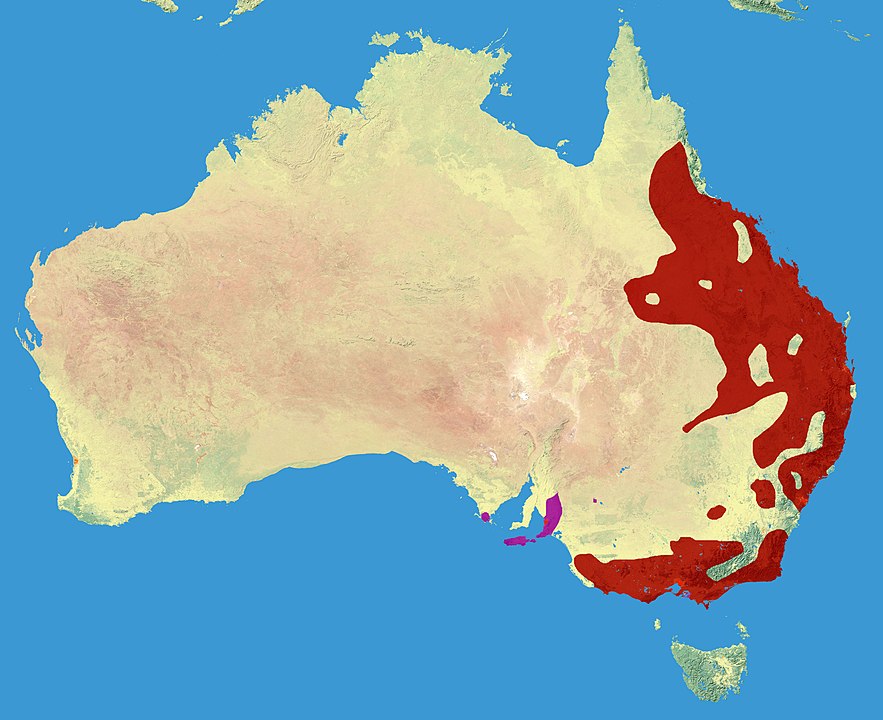Koalas
Explore the life of Australia’s favourite marsupials
Koala: the koala is an arboreal herbivorous marsupial native to Australia.
Kingdom: Animalia
Phylum: Chordata
Class: Mammalia
Order: Diprotodontia
Family: Phascolarctidae
Genus: Phascolarctos
Species: cinereus
There are two subspecies of koalas: adustus, the northern or Queensland koala, and victor, the southern koala.
Size and Weight:
On average, koalas are 60-85 centimetres in height and weigh between 4-15 kilograms. Males weigh about 50 percent more than females.
Appearance:
Koalas are known for their teddy bear-like appearance. They are often referred to as “koala bears,” but koalas are actually marsupials, not bears. Marsupials are an infraclass of mammals most commonly known for their pouches, which includes wombats and kangaroos.
Koalas are arboreal, or tree-dwelling, marsupials and have a number of adaptations for tree living. Their bodies are lean with long, muscular front and hind limbs and large, sharp claws to help with gripping tree trunks, and rough skin on the bottom of their feet to provide friction good for climbing. The koala has five digits on their front paws, two of which are opposable, which would be like a human having two thumbs. This allows the koala to grip branches as it moves from tree to tree. The koala has thicker fur on its rump, which provides a cushion when sitting on branches.

Diet:
Eucalyptus leaves are highly toxic to most mammals, but koalas’ digestive systems are specially adapted to detoxify the poisonous chemicals in the leaves. Eucalyptus leaves are high in fibre and low in nutrition, so they take a while to digest. To conserve energy, koalas spend anywhere from 18 to 20 hours of their day sleeping. Koalas are nocturnal and do the vast majority of their eating at night.
Geography:
Habitat:
The species lives in tall eucalypt forests and low eucalypt woodlands. They also live in coastal and island woodlands.
Social Structure:
Koalas are generally solitary animals and live in well-defined home ranges. Each home range is often controlled by a single alpha male, with a number of females also living inside that area, These females will mate almost exclusively with the dominant male, who will defend his territory against outside males that may move into the area. Females generally want to reproduce with the largest male and rely on male vocalizations to assess the potential mate’s size.
Although home ranges may overlap, koalas are mostly solitary animals that avoid confrontations and interactions whenever possible. When males aren’t bellowing to attract mates, communication through sounds and scents is often meant to alert wandering koalas of their presence and prevent encounters. Males are generally more vocal than females, but females will communicate vocally with their young, and both sexes make a variety of noises when in distress.

Breeding:
The koala gestation period is only 34 to 36 days. The joey is born blind, furless, earless and only about an inch long. Immediately after being born, it crawls up from the birth canal into the mother’s pouch. There, the joey attaches to one of two teats. It will not emerge from the pouch for approximately six months. After six to seven months of solely feeding on milk, the joey starts consuming its mother’s protein-rich pap, which inoculates the baby’s gut with the necessary microbes for eucalypt digestion.
At about a year old, the young koala no longer drinks milk or fits in its mother’s pouch. Female koalas do not always reproduce annually, in which case, the yearling joey may stay with its mother longer. Once independent, the joey remains near its mother’s territory before claiming its own. Koalas become sexually mature at around two or three years, but non-alpha males are far less likely to breed successfully.
Threats:
Habitat loss and climate change are among the largest threats to koalas. Human activity, such as agricultural and urban development, have led to the reduction of eucalyptus trees they can live in. They are spending more time on the ground moving from tree to tree. While on the ground, koalas are much more vulnerable to being hit by cars and attacked by predators like dogs. They also have elevated levels of stress, which makes them more prone to diseases like chlamydia which affects their eyes and reproductive organs.
Climate change is linked to reduced nutrient levels in Eucalyptus leaves and to bush fires. From late 2019 to early 2020, deadly wildfires raged throughout parts of Australia, largely as a result of high temperatures and severe drought. Billions of animals are estimated to have died in the fires, including other unique Australian species like wombats and kangaroos. These massive bushfires destroyed large areas of their habitat.
Conservation Status:
Koalas are considered vulnerable, which means they are at risk of becoming endangered. Their population has been decreasing due to climate change, urban development, disease and other threats.